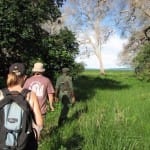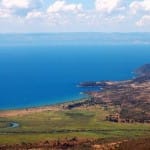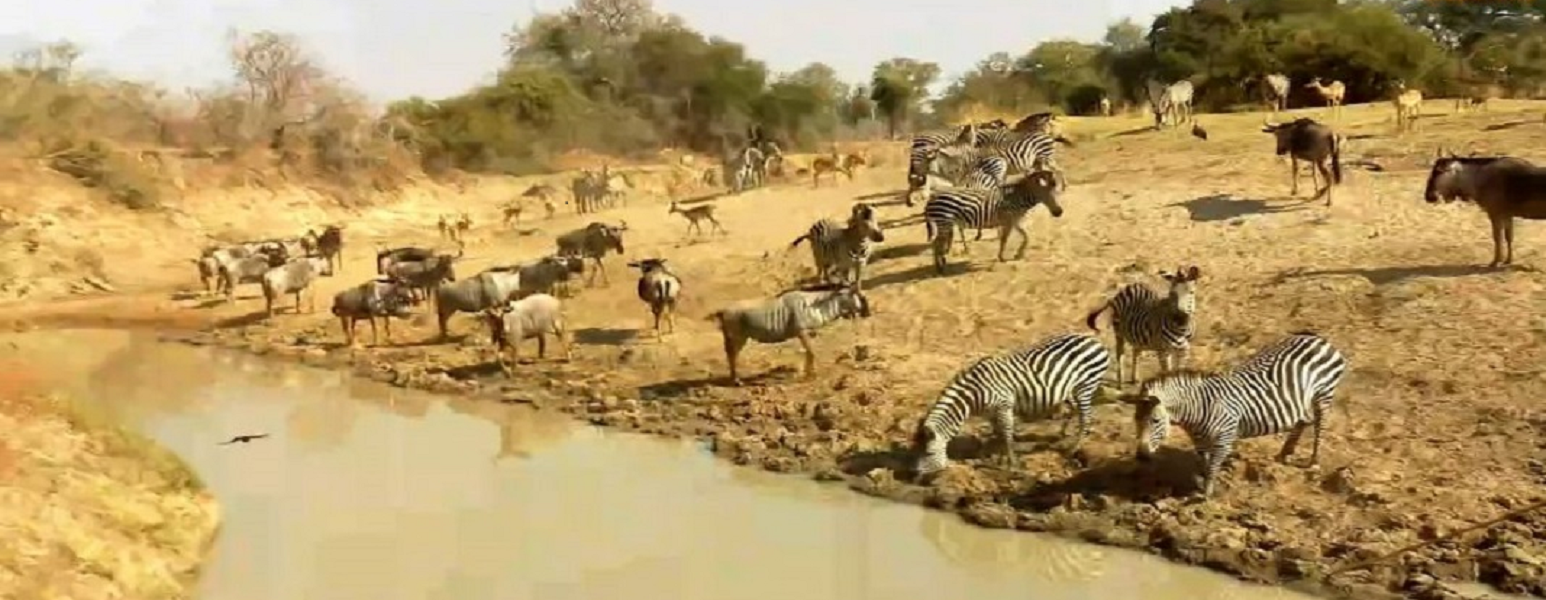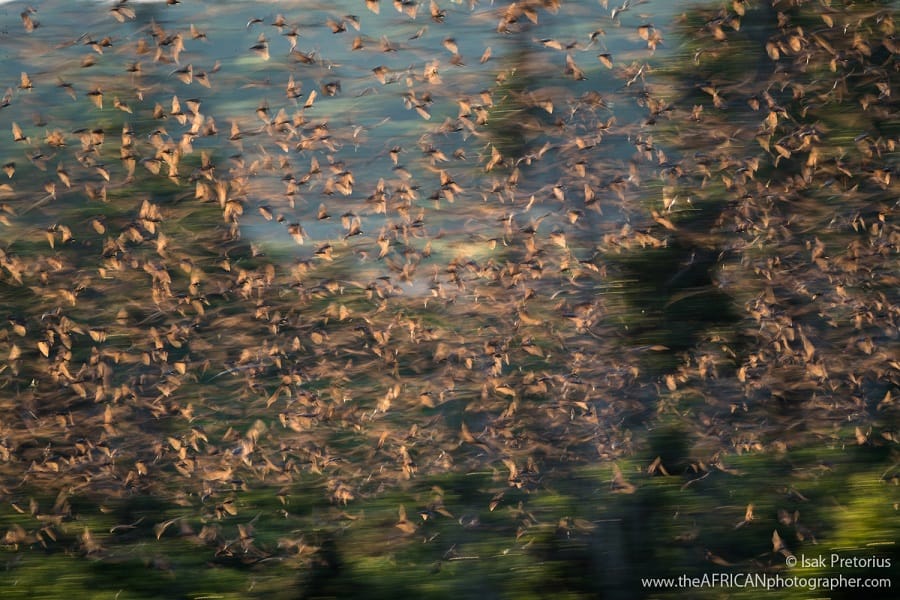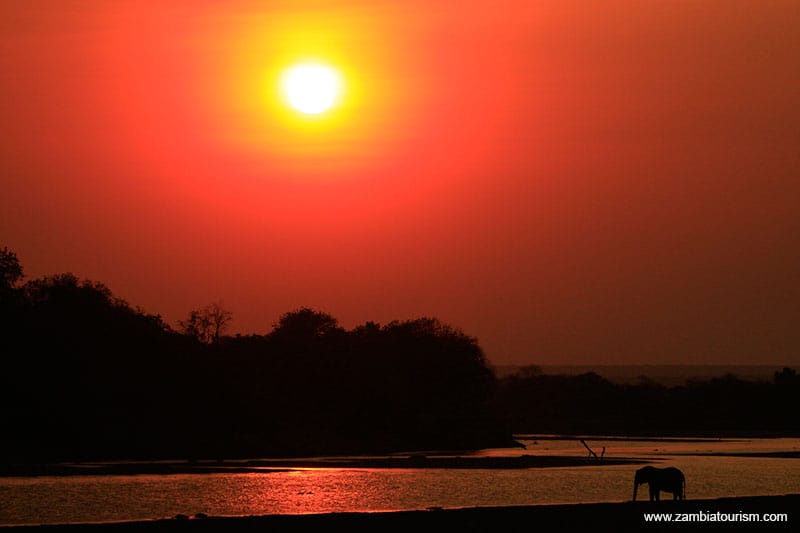NSUMBU NATIONAL PARK

Lying on the southern shores of Lake Tanganyika in the northernmost tip of Zambia, Nsumbu National Park covers an area of just over 2 000km² / 1 255mi². It includes 100km / 62mi of some of the most pristine shores of this vast lake. Its beauty ranges from sandy beaches, vertical cliffs, rocky coves and natural bays to the rugged hills and deep valleys of the interior. The Lufubu River winds its way through the park and pours into Lake Tanganyika.
The western boundary of Nsumbu National Park, or Sumbu as it is called locally, is buffered by the Tondwa Game Management Area. The much larger Kaputa Game Management Area is also contiguous with the national park to the north-west and south-west, and therefore the National Park completely surrounds Tondwa.
Nsumbu is dissected from west to east by the sizable and perennial Lufubu, which also demarcates the eastern boundary of the park up to the river’s discharge into Tanganyika. The Nkamba and Chisala Rivers are ephemeral and smaller than the Lufubu, draining Tondwa Swamp into Nkamba and Sumbu Bays respectively, the former through an attractive valley with abundant wildlife. Much of the park is covered by combretum thicket but along the lakeshore there are many strangler figs and candelabra trees along with the strange and interesting boulders balanced on top of one another.
MORE INFORMATION
LATEST NEWS
Waiting for Lions…
This week we welcomed our latest and greatest window into the wild world. Enter, LIVE webcams! If you’re a lover of the bush – you’ll most likely know the yearning for the sun on your back, and dust in your [...]
The World’s Largest Mammal Migration!
The Great Wildebeest Migration? The biggest animal migration on earth? Nope. While many believe that the great Wildebeest migration in Africa is the largest mammal migration on earth, this is a common misconception. So, what could surpass the over 1.5 [...]
Top 5 Wildlife Attractions of South Luangwa National Park
As the sun breaks the dry season horizon, its warm pink glow floods the grey dawn. Diurnal birds, emerging from night-time refuges call to stake their territorial claim and advise would-be competitors that they’ve survived the night. Having scoured the [...]

